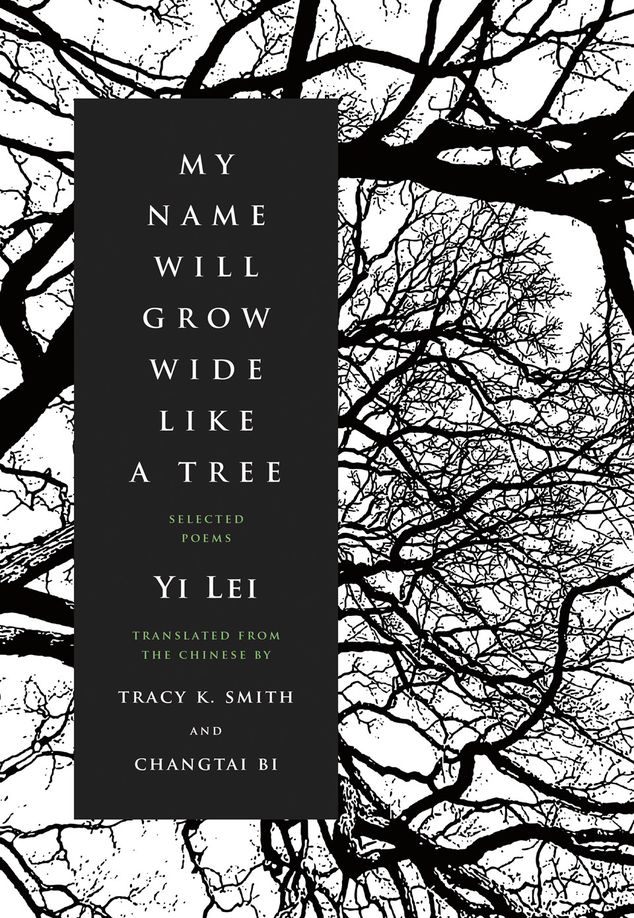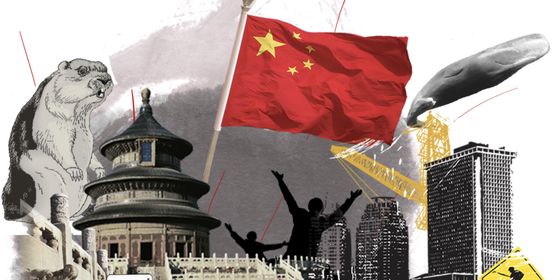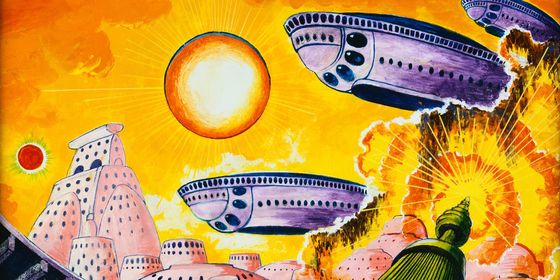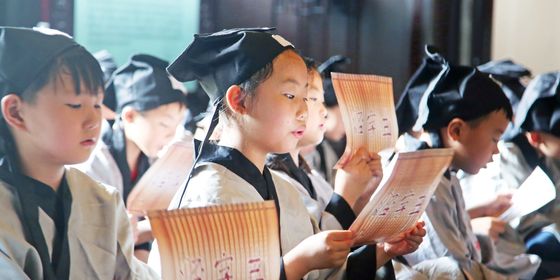Paul French's new book "Destination Peking" dives deep into the characters of Republic-era Beijing
Since the publication of Midnight in Peking nearly a decade ago, British writer Paul French has become synonymous with vividly told tales of foreigners running amok in the Middle Kingdom. His latest, Destination Peking, once again invites readers to journey back to the alluring and sordid world of early 20th century China.
The 18 biographical sketches in the book include well-known Beijing residents such as Edmund Backhouse (“The Hermit of Peking”) and Helen and Edgar Snow (Red Star Over China), as well as famous names not often associated with the city. Wallis Simpson, then Wallis Spencer, spent a year exploring Beijing’s hutongs a decade before she scandalized Britain by marrying the Prince of Wales. Her year in Beijing transformed the recently divorced navy wife into an international sophisticate, giving her a penchant for jade and Chinese-style fashion, and her distinctive chignon hairstyle.
Woolworth heiress Barbara Hutton traveled to Beijing on the first of five honeymoons she would enjoy over a lifetime of failed marriages. While Hutton passed most of the time antiquing with her flamboyant playboy cousin Jimmy Donahue (the Hutton extended heirs might adequately be classified under the genus “Proto-Kardashian”), her new husband Alexis Mdivani was busy trying to parlay a questionable claim to Russian nobility into political support against the Soviet Union among Beijing’s Russian exile community. Mdivani’s scheming failed, as did the marriage soon after.
Beijing also provided lifelong inspiration for American artist Bertha Lum, famous for her work with Chinese and Japanese woodblock printing; and Martha Sawyer, whose evocative posters of stalwart Chinese resisting Japan became famous across the US during World War II. Even though Red Star Over China made Edgar Snow famous, French argues that Helen Snow was probably the better writer of the couple. Helen was certainly a formidable journalist who covered China during a difficult period of its history (while also finding time to work as a living mannequin, modeling the latest fashions at the Camel’s Bell boutique in the Grand Hôtel de Pekin).
Two other remarkable women inspired by their time in China were Ellen La Motte, author of the trenchant 1919 travelogue Peking Dust, and her partner Emily Crane Chadbourne, who became ferocious crusaders against the international opium trade. They are also among the many LGBTQ people that French highlights in this book. Aesthete Desmond Parsons lived on Cuihua Hutong and invited his old classmate Robert Byron to stay with him while Byron finished his book, The Road to Oxiana, about his travels across Central Asia.
Harold Acton, who was rumored to have had an unrequited crush on Parsons, wrote Peonies and Ponies, the delightfully bitchy roman à clef of the foreign community in Beijing circa 1939. In his chapter on Acton, French does a little literary sleuthing to unmask some of the real-life inspirations for Acton’s many colorful characters. Likely suspects include American writer George N. Kates and the opera star Mei Lanfang.
French also looks beyond the Beijing anglophone community, with fascinating sketches of Soviet diplomat Lev Karakhan and of Eugen Ott—formerly Nazi Germany’s ambassador to Japan, who was forced into a meaningless posting to Beijing during World War II following a scandal in Tokyo. There is a fascinating chapter on Isamu Noguchi, the Japanese-American sculptor who found a mentor in the Chinese painter Qi Baishi (齐白石).
While in Beijing, Noguchi also made friends with Nadine Hwang who, like Noguchi, was mixed-race, and well-known in both Paris and Beijing artistic circles for her outspokenness, her sexuality, and her penchant for dressing in male clothing. According to French, a version of Hwang—clad in military uniform and in the employ of a Chinese warlord—even makes an appearance in Acton’s Peonies and Ponies as the character “Ruby Yuan.”
As with his other books, French deploys an evocative palette of period details, sounds, smells, and even tastes (lettuce leaves washed in ash?). Republic-era Peking springs from the page into fully-realized technicolor, warts and all. Where possible, French links his subjects to specific places in the city—even if, as in the former address of Edgar and Helen Snow’s swinging salon on Kuijiachang Hutong, all that exists today is a tawdry hotel of more recent vintage.
A few chapters feature fascinating people whose connection to Peking is tenuous. The chapter on Mona Monteith is a titillating entrée into the world of foreign prostitution in China at the turn of the 20th century (President Theodore Roosevelt was apoplectic over the term “American girl” being used to refer to white prostitutes in Beijing and Shanghai). But Monteith was primarily based in Shanghai and only came to Beijing for a short time to renew her passport.
Similarly, Denton Welch was a well-known 20th-century author born in Shanghai, where he set his sexually frank autobiographical novel Maiden Voyage. Welch’s only connection to Beijing was a dreary and brief Christmas visit in 1932. Nevertheless, chapters on Monteith and Welch, and artist Martha Sawyer—who was also only briefly in Beijing—provide French an opportunity to tease out broader issues of internationalism, colonialism, and representations of China during this period.
Despite a few typos and a wrongly dated map, Destination Peking is French’s gift to fellow Chinese history geeks. It is a deeper dive into the characters and archetypes which populate books like Midnight in Peking or City of Devils, intended for a broader audience. Anyone interested in China during the inter-war period will enjoy spending time with the fascinating rogues’ gallery French has collected here. Readers with a connection to Beijing will undoubtedly feel a particular affinity to the city’s sojourners of an earlier era.
Three More Recommended Books
The Drunkard
Written and set in the rampantly capitalistic Hong Kong of the 1960s, The Drunkard is one of the first stream-of-consciousness novels in Chinese. The anonymous narrator, who fled the war-torn mainland in the 40s, leads a self-destructive life, numbing his pain with alcohol and women. The novel offers intimate depictions of his inner world as he is torn between his literary pursuit and the practical need to survive. Its imagery of Hong Kong—with neon lights, rainy days, and morally ambiguous citizens—also inspired Wong Kar-Wai’s movies.
Monkey King: Journey to the West
One of the Four Great Classical Novels of Chinese literature, Journey to the West by the 16th-century author Wu Cheng’en, has a new translation by Julia Lovell, scholar and noted translator of Chinese literature. The new title emphasizes the Monkey King, highlighting his role as a defiant magical hero. Four disciples atoning for sins in their past, demons and immortals among them, accompany the Monk on a journey of truth-seeking to ancient India. They are attacked, tricked and tested non-stop by demons, fairies, humans, and gods along the way. The fantasy is also a sharp satire of Ming society.
My Name Will Grow Wide Like a Tree
As an unmarried woman in her 30s in 1985, Lei Yi asked for a pregnancy test; to her surprise and anger, she was shamed and scolded by her gynecologist. Yi then wrote “A Single Woman’s Bedroom,” a poem in 14 sections exploring feminist identity and personal freedom, which made her one of the most important contemporary poets in China. This collection presents Yi’s signature work and 27 other poems in translation alongside the Chinese original. The translations by Changtai Bi and the Pulitzer Prize-winning poet Tracy K. Smith capture Yi’s rebellious spirit and elegant style. – Liu Jue (刘珏)
“Sojourners in Peking” is a story from our issue, “Dawn of the Debt." To read the entire issue, become a subscriber and receive the full magazine. Alternatively, you can purchase the digital version from the iTunes Store.















